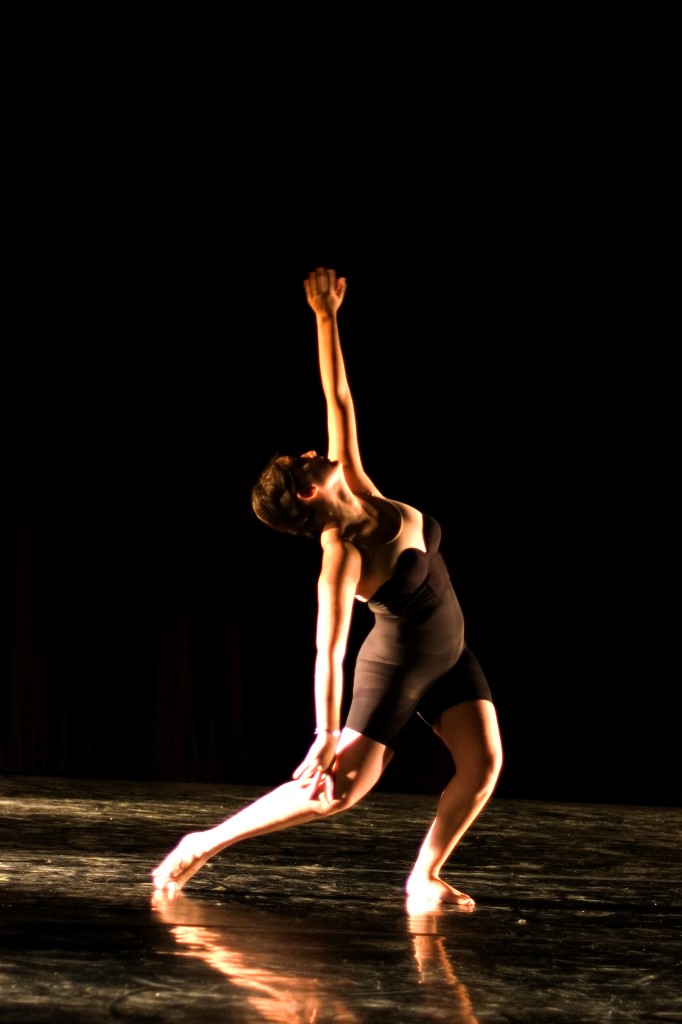Summer intensives can be hard on the body. Intense training coupled with being away from home in an unfamiliar environment is stressful mentally–and physically. Today we have Jan Dunn, MS, our Dance Wellness Editor with some tips for preparing the body for such a demanding experience…. Catherine
by Jan Dunn, MS
Happy New Year ! It’s January, and it may be cold and chilly where you are, with visions of sugarplums still lingering in your head–but it’s not too early to start thinking about preparing yourself for a summer dance intensive you may be thinking of attending.To get in top shape for a safe summer of dancing, here are some things to think about…
Unfortunately, it’s easy for a dancer to get injured when going to a summer intensive, for a number of reasons–the good news is that injuries in this situation are, for the most part, preventable.Some of the reasons you can unintentionally hurt yourself are:
- Going from a school-year schedule of taking maybe 4-5 classes a week, to suddenly doing 4-5 a day while at a summer intensive….i.e., you’re doing too much too soon.
- Taking classes in a style that you haven’t previously trained in-for example, you take primarily ballet all year, and then suddenly you’re doing jazz and African on a daily basis. You’re now using muscles you haven’t necessarily used in ballet, and it might be easier to get injured, especially if you have muscle imbalances in your legs / torso.
- You may be going to a climate you are unaccustomed to, such as hot and humid, whereas your normal dance environment is in a cooler, dryer clime. The body takes a while to adapt to that new environment, and trying to keep up the heavy schedule of an intensive during that initial adjustment period may lead to an injury.
Knowing the possible risk factors in advance may well help you avoid a summer injury.No one wants to go to an exciting summer intensive and then be laid up with an injury right off the bat! Here are some suggestions that might help:
+ Aerobic conditioning: We haven’t yet talked about aerobic conditioning in this column, and we hope to have an article soon from a respected dance researcher on this topic. But in the meantime, know this:dancers who are aerobically conditioned are less likely to have injuries than those who aren’t.Dance itself is not necessarily an aerobic activity–the stop and start nature of most dance classes and rehearsals does not allow for the kind of body conditioning which is considered aerobic in nature.
If you can incorporate aerobic conditioning into your regime, especially as summer gets closer, it will help your body prepare for the higher intensity of a summer intensive schedule. Swimming is one of the best activities for dancers, as it doesn’t have the weight-bearing impact on joints of some other exercise forms.
The one aerobic activity that you might want to avoid is running–running is such an impact activity on the joints, and this is especially true if you are not in perfect leg alignment while running…and sad to say, most people are not in perfect leg alignment. This can be especially true of dancers, who may walk / run more turned-out than the average person (and THAT’s a topic for another day!) – thus putting even more uneven loads on the joints and soft tissues (muscles / tendons / ligaments).
+ Working outside of class on overall conditioning and muscle balance. We’ve talked about this before in this column, and the importance of keeping a good balance between opposing muscle groups / the two sides of the body, etc. in order to reduce your risk of injury.Doing some of the recommended outside-of-class conditioning forms such as Pilates /Gyrotonics / cross-training, etc., will go a long way towards getting your body stronger overall–and in good shape to increase the intensity of your dance schedule when you go to that summer intensive.
+ Climate change. If you have a major climate change from your home base to your summer intensive, your best defense is be aware of the factors that may affect you in the new location–such as increasing your water intake if you are going to a hot environment.
If you are going to a hot and humid climate, realize that it’s harder for the body to cool off internally when the humidity is high, and be cognizant of the symptoms and effects of heat stroke.
If you are going to a high altitude location, such as in the mountains, realize that it may take some time for your body to acclimatize to the lessened oxygen environment, and be aware of signs of altitude sickness and how to avoid it.
If you are going to a colder climate for your summer intensive, remember that it takes longer for the body to warm up in colder weather, and it’s easier to lose your warm-up quickly. Keeping your leg warmers on may help, and remember to keep moving in class or rehearsal if the teacher is talking or demonstrating more than a couple of minutes.
I hope all of above gives you a little more insight into how to have a happy, full, and injury-free experience at your summer intensive.In the meantime, for those of you in the chillier parts of the country, stay warm!

Editor Jan Dunn is a dance medicine specialist currently based on the island of Kauai, Hawaii, where she is affiliated with Pilates Kauai. She is also a Pilates rehabilitation specialist and Franklin Educator.
Originally a dancer / choreographer, she became university dance faculty, most recently as Adjunct Faculty, University of Colorado Dept. of Theatre and Dance. Her 28 year background in dance medicine includes 23 years with the International Association of Dance Medicine and Science (IADMS) – as Board member / President / Executive Director – founding Denver Dance Medicine Associates, and establishing two university Dance Wellness Programs.
Jan served as organizer and Co-Chair, International Dance Medicine Conference, Taiwan 2004, and was founding chair of the National Dance Association’s (USA) Committee on Dance Science and Medicine, 1989-1993. She originated The Dance Medicine/Science Resource Guide; and was co-founder of the Journal of Dance Medicine & Science. She has taught dance medicine, Pilates, and Franklin workshops for medical / dance and academic institutions in the USA / Europe / Middle East / and Asia, authored numerous articles in the field, and presented at many national and international conferences.






Great post full of truly useful information- I will be promoting it through my blog and twitter. Thank you Jan Dunn!
Thank you Elizabeth! We’re so pleased to have Jan with us here at 4dancers! Stay tuned for more Dance Wellness info in the coming months, and thank you for the comment. 🙂